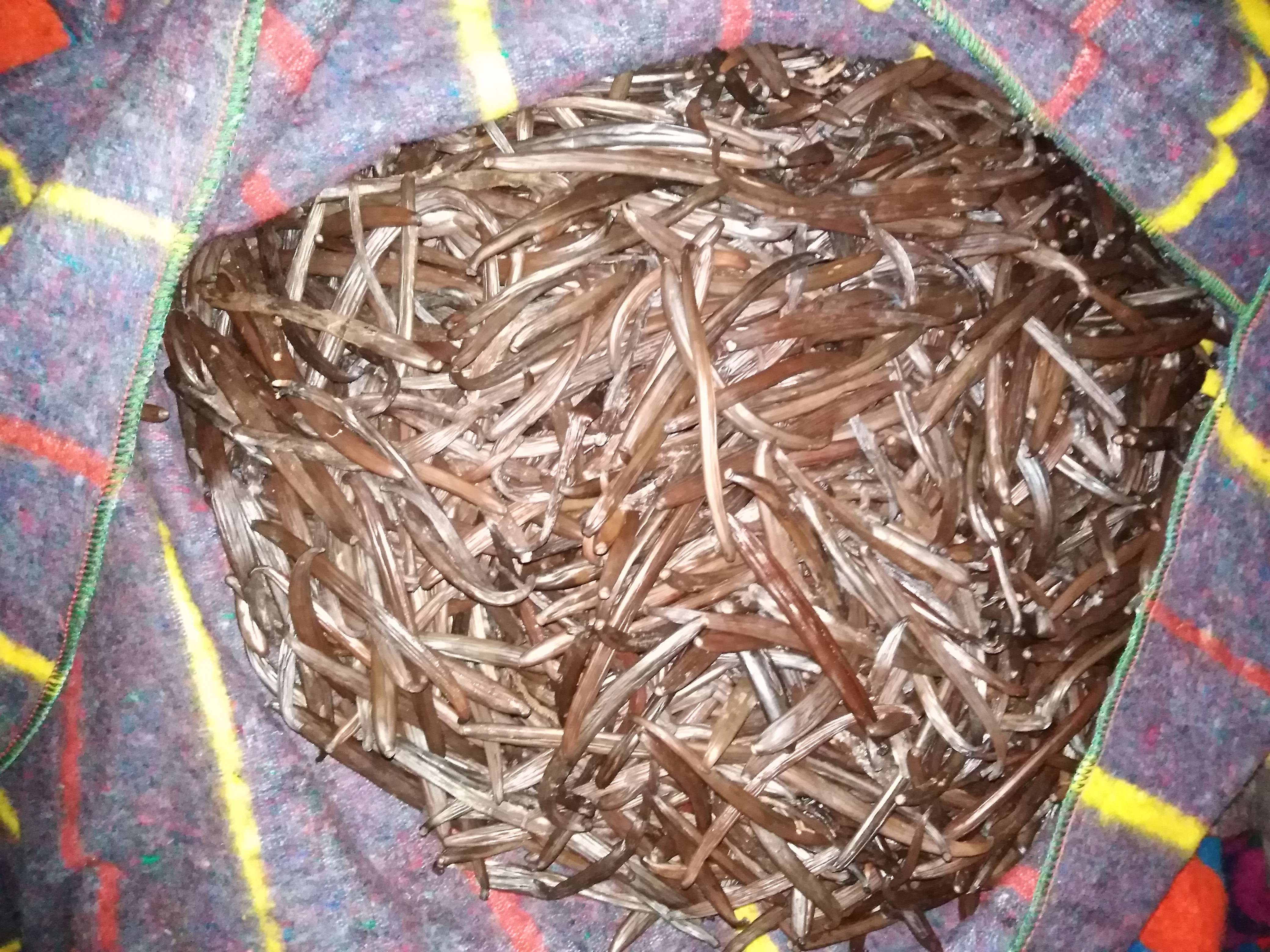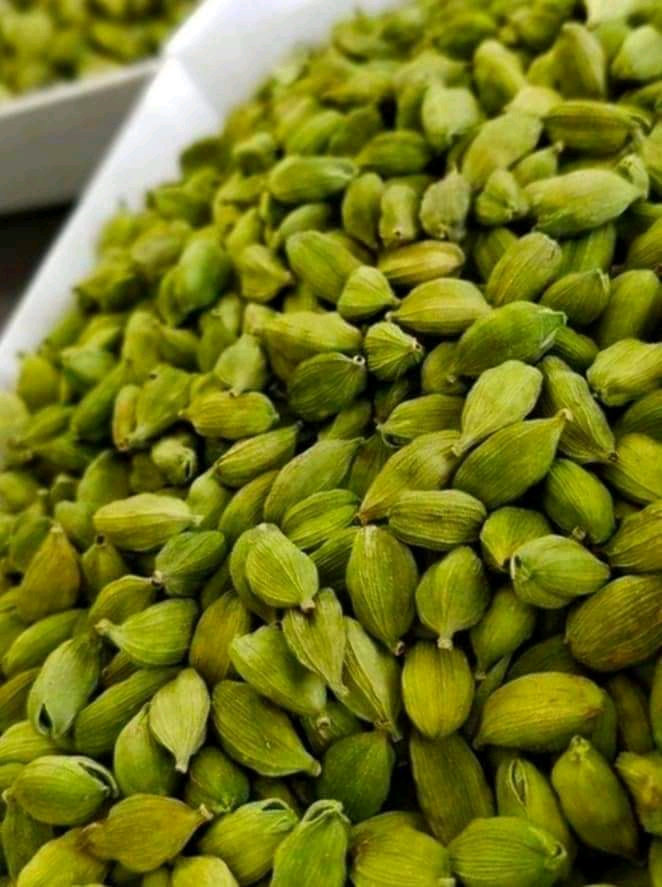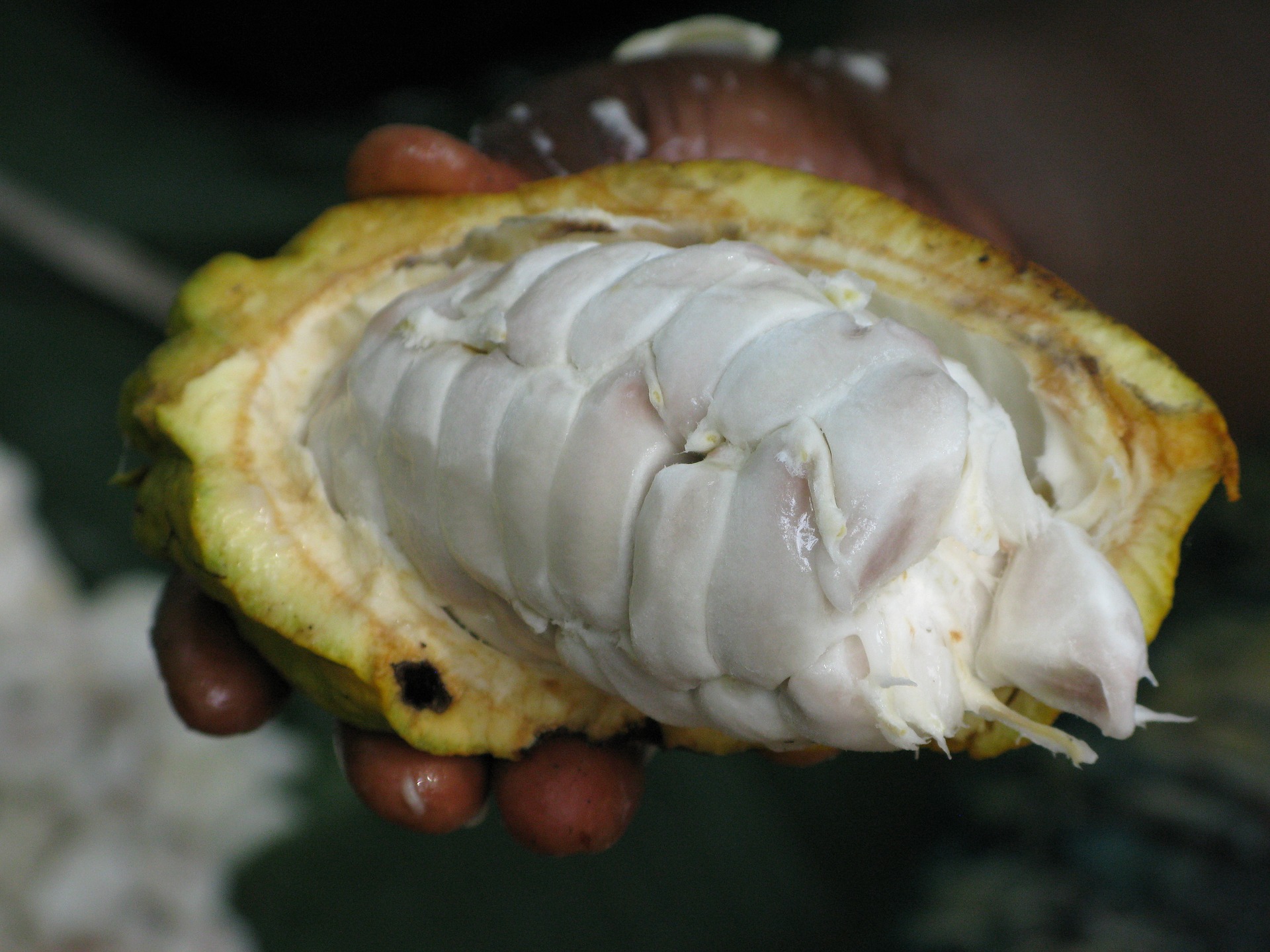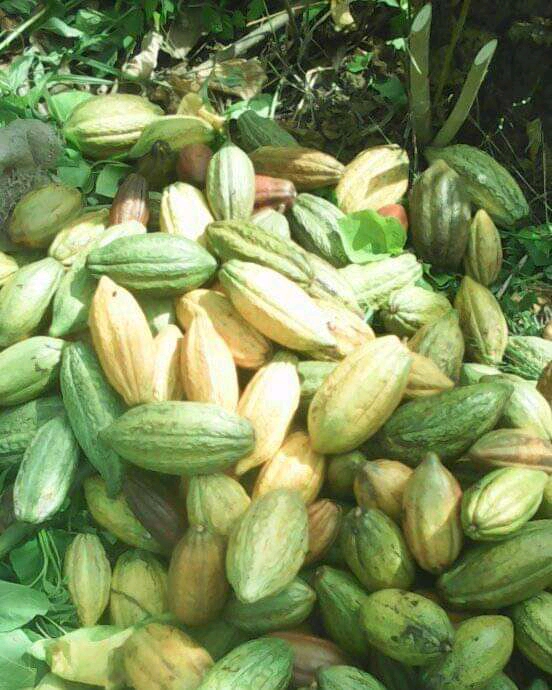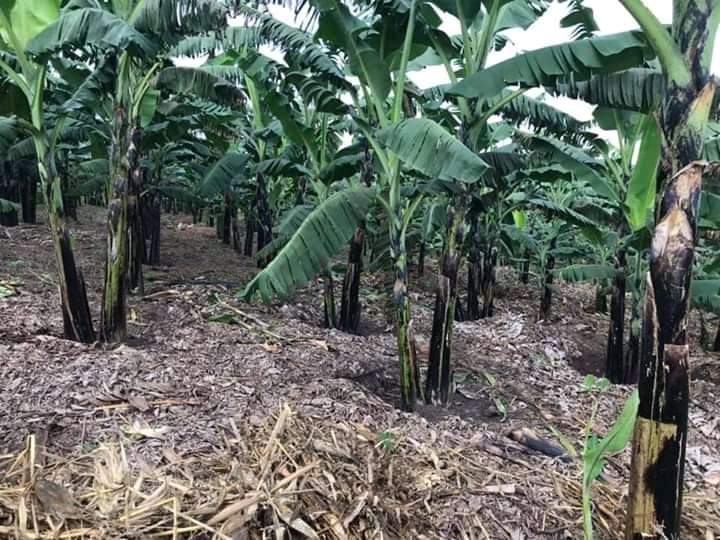 Banana Plantation In Uganda
Banana Plantation In UgandaHow to plant and grow Bananas (Ebitooke) in Uganda
Banana is mainly cultivated for its fruit which can either be eaten ripe (dessert) or cooked. The ripe fruit is a good source of vitamins A, B6 & C and potassium, while cooked one is rich in carbohydrates. Bananas can also be processed into flour, canned slices, jam, jelly, puree, vinegar, wine and beer. The popularity of the crop makes it a good cash crop for smallholder farmers. The foliage and pseudo-stems are used as cattle feed during drought. The banana leaves are also used as packing and roofing material.
How can you plant and grow Bananas while in Uganda
If you are going to plant suckers, you may need to follow the guidance given below to help you plant your banana plantation. Let’s check it out below;
First you need to take them from banana plant that is between 3 and 6 years old.
These suckers should be between 50 centimeters and 1 meter high and broad at the base.
Let them dry in the shade for 3 or 4 days before planting them.
Just before planting them, you will need to trim them at a point 50 centimeters from the base of the plant and dip them in water in which potassium permanganate is mixed.
It will be advisable for you to plant the banana suckers at the end of the dry season, so that roots grow before the rainy season begins and the suckers do not rot.
Two months earlier, you made the planting holes.
You will have to separate the soil at the bottom from the soil at the top.
You will have to put compost in the holes.
At planting time, take the compost out of the holes.
Put the soil from the top into the bottom of the hole, place the sucker in the earth.
The base of the sucker is now 10 centimeter from the surface of the ground.
Put compost round the young plant or banana sucker.
Put the bottom soil on the ground surface.
Click here to inquire, buy or order for banana suckers or bananas fruits from Uganda
Looking after your banana plantation
For a fine banana plantation, you will need to-,
- keep the soil clean;
- apply fertilizers;
- prune the plants;
- prevent the plants from falling;
- look after the fruit;
- protect the plants from diseases and insects.
With you putting these measures above into consideration, you will definitely yield the best out of your banana plantation.
Pests and diseases of Bananas you should know about
As you grow your bananas in your plantation, you will encounter a number of pests and diseases that will attack your banana plants. Let’s take a look them and also see how you can control or get rid of them.
- Banana weevils
This insect makes holes in the base of the banana plant and lays its eggs in these holes.
The eggs turn into little weevils.
They eat out the heart of the banana plant.
You do not see the weevils, but if the fruit bunch does not develop, or if the bunch is small and badly shaped, there may be weeviIs.
To find out if there are weevils in the plantation, cut pieces of the plant's apparent trunk lengthwise.
Put two pieces on the ground near each plant.
Look every day at these pieces.
If there are weevils in the plantation, they will hide under the pieces of "trunk."
To control the weevils, use BHC.
Put 25 to 30 grams of BHC round each plant.
Click here to inquire, buy or order for banana suckers or bananas fruits from Uganda- Banana eel worm or nematode
These are tiny worms that are found in the soil.
They eat the roots, and once the banana has no roots, it cannot feed, and may be blown over by the wind.
Make sure the bananas have no eel worms when they are planted.
Before planting, dip the suckers in lukewarm water, or in water mixed with Nemagon.
If there are eel-worms in the plantation, put Nemagon in the soil.
Other pests and diseases
There are other pests that attack bananas such as thrips, aphids, scale insects, etc.
They are controlled with BHC, Aldrin or Dieldrin.
This disease is caused by a tiny fungus in the soil.
It makes the leaves break.
If you cut the banana plant, the apparent trunk is coloured brownish red.
To control the disease, you will need to plant resistant dwarf varieties such as Poyo or Lacatan.
These bananas are very resistant to Panama disease.
The Gros Michel variety is not resistant.
This disease is caused by a fungus.
The leaves show grey spots ringed with dark yellow.
The ban-ana plant cannot breathe and the yield falls greatly.
The disease appears when the temperature is high and the air is very humid.
It is treated by spraying with mineral oil, using 12 to 20 litres per hectare.
This disease is carried an aphid.
Dark green streaks appear on the leaves.
The leaves do not grow long and are at the edges.
Dig up the diseased banana plants.
The aphid can be controlled with Malathion or Dieidrin.
The fruits go rotten.
The disease begins at the tips of the bananas.
To control this disease, cut off the last hand that does not grow and break off the male flower bud
Small yellow patches appear on the leaves toward the midrib.
You can see them easily by holding the leaf up to the sun.
You can also see little holes in the leaf-stalk.
To control the disease, dig up the plants and wait a long time before planting again in the same place.
• False mosaic disease
Light spots of varying colour can be seen on the leaves.
This is not a serious disease.
It may be caused by lack of copper in the soil.
• Lack of zinc
The plant's leaves do not grow very long, and are pale, narrow and pointed.
The disease is cured by sprinkling on the ground 50 grams of zinc sulphate per plant.
• Lack of magnesium
The disease is cured by applying dolomitic limestone.
Click here to inquire, buy or order for banana suckers or bananas fruits from Uganda
Harvesting Bananas from your farm in Uganda
Bananas must not ripen on the plant. The bunch of fruits finishes ripening tied to a rope, in the shade. This is usually done to avoid damage to the fruit. If the bunch ripens on the plant, the bananas split and become mealy.
Bunches can be kept longer if they are harvested unripe.
Output of you banana plantation
A well-cared-for plantation has a big output
The third harvest on any one plantation is the biggest of all.
From the fourth harvest, the output begins to go down.
The yield of a plantation may vary between 30 and tons per hectare
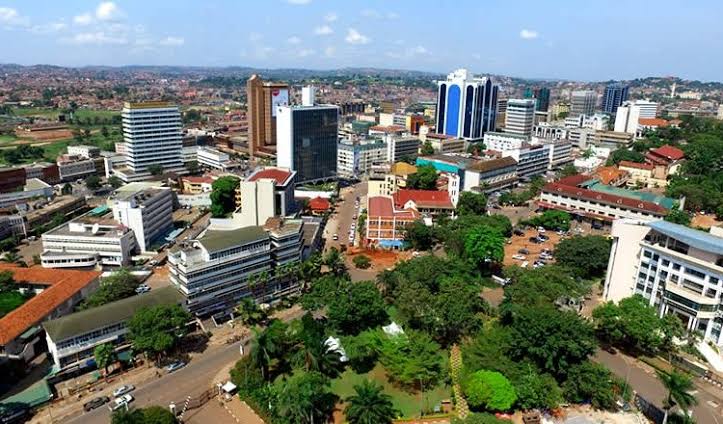 Aerial View Of Kampala City
Aerial View Of Kampala City Harvested Banana
Harvested Banana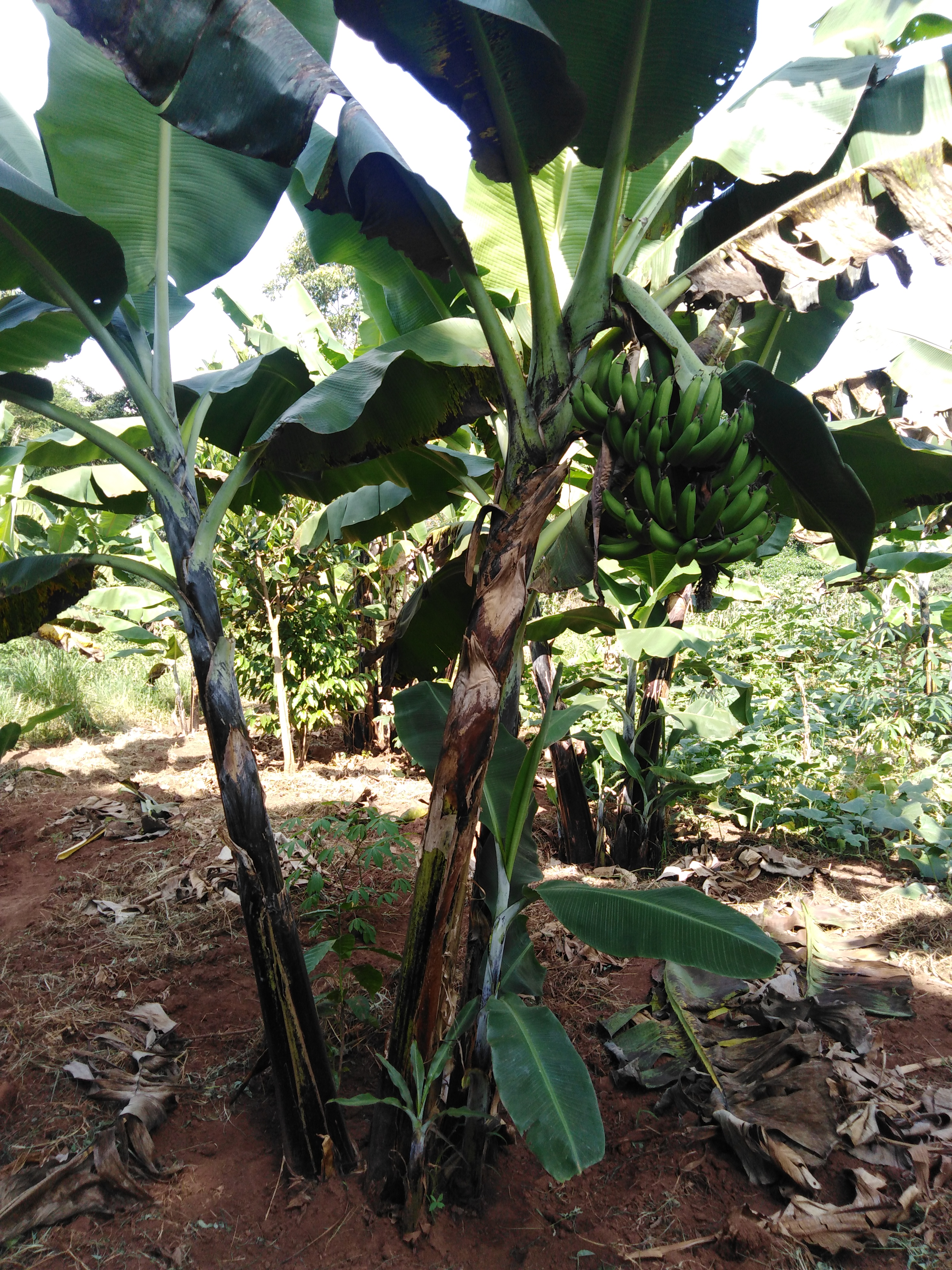 Grown Banana Ready For Harvest
Grown Banana Ready For HarvestFor inquiries or Orders:
Contact Us On:-
E-mail: Info@flawlessconsultsug.org
Or
Call/Whatsapp Us on: +256-772 238575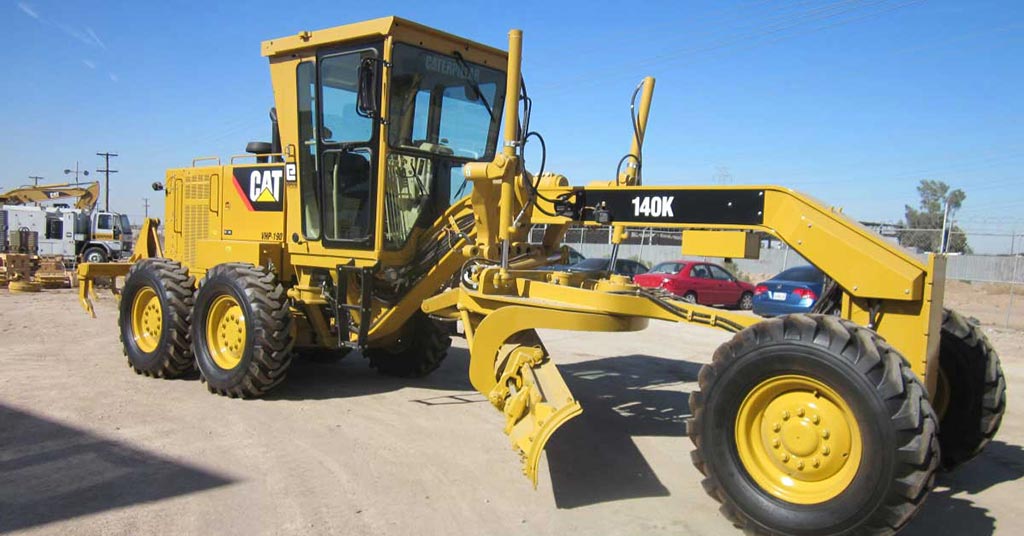 Buy A 140K Grader In Uganda
Buy A 140K Grader In UgandaFor inquiries or Orders:
Contact Us On:-
E-mail: Info@flawlessconsultsug.org
Or
Call/Whatsapp Us on: +256-772 238575








